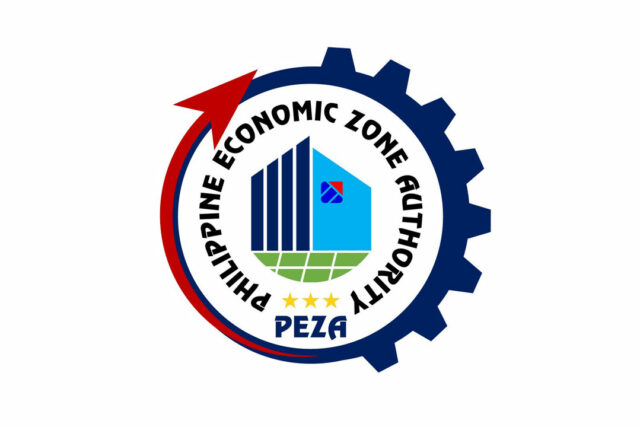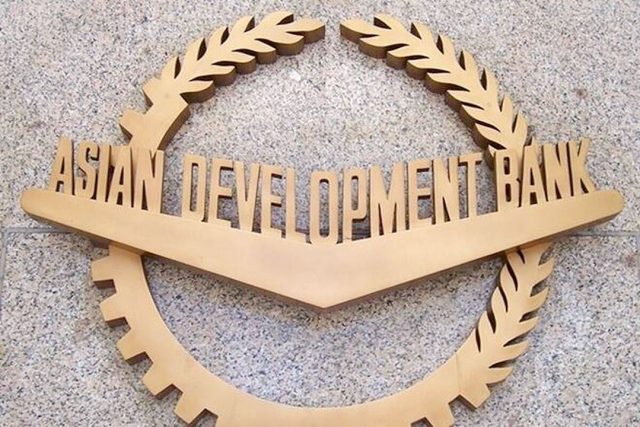IN BRIEF:
• Financial controllers need to step beyond compliance to create value and remain indispensable copilots to CFOs in driving organizational innovation and growth.
• AI adoption enhances controller impact on enterprise-wide operational efficiency, contributing to macroeconomic growth.
The rapid acceleration of digital transformation is reshaping the business landscape, compelling finance teams to manage returns on investment goals, meet customer demand for innovation, and align with long-term sustainability objectives — all at the same time.
This intersection of often-competing demands characterizes today’s Age of And, where success relies on an organization’s ability to effectively navigate and excel in managing these demands simultaneously. This evolving landscape necessitates a strategic shift in roles. Financial controllers, in particular, are moving beyond their traditional focus on operational tasks such as bookkeeping, compliance, and resource allocation and are now positioned as strategic enablers of value creation.
According to the 2024 EY DNA of the Financial Controller Report, 86% of surveyed controllers across 28 countries recognize that their responsibilities will evolve substantially over the next five years.
To execute their redefined responsibilities, controllers must harness tools such as analytics, automation, and artificial intelligence (AI) to transform vast amounts of data into actionable insights that can support strategic decision-making.
Predictive analytics enables controllers to identify trends, forecast scenarios, and optimize budgeting. For example, analyzing historical financial data facilitates cash flow prediction and improves financial planning, allowing for agile responses to business challenges.
Automation tools like robotic process automation (RPA) streamline reconciliations and report generation, reducing errors and accelerating processes. Automating financial statement consolidation enhances accuracy and delivers timely insights, empowering controllers to focus on strategic activities.
AI-powered solutions, such as machine learning algorithms, detect anomalies, assess credit risk, and anticipate market trends. These capabilities help controllers proactively manage risk and capitalize on strategic opportunities, reinforcing their role as value creators.
However, the successful integration of these tools requires controllers to adapt their skillsets and embrace a more collaborative role with Chief Financial Officers (CFOs) as copilots in driving innovation and organizational agility. This shift fosters greater cohesion within finance teams, breaking down traditional silos that often hinder efficiency and strategic alignment.
CREATING VALUE FROM DATA
Organizations are sitting on a gold mine of financial data, yet this resource often remains underutilized. Controllers can unlock this value using AI tools to transform complex datasets into actionable strategies. AI automates routine workflows, such as data consolidation and reporting, enhancing accuracy and freeing controllers to concentrate on strategic responsibilities like risk assessment and planning. Additionally, AI-driven analysis empowers controllers to forecast trends and develop proactive strategies, elevating their role as strategic contributors.
Beyond its micro-level benefits, AI has the potential to stimulate macroeconomic growth. In fact, a study by a global tech company estimates that AI adoption among Philippine businesses could contribute P2.8 trillion to the economy by 2030.
In the vital sector of micro, small, and medium enterprises (MSMEs), which account for 99.63% of Philippine businesses according to the 2023 List of Establishments compiled by the Philippine Statistics Authority, a data-driven ecosystem is essential for streamlining operations, boosting productivity, and achieving sustainable growth.
AI tools play a pivotal role by automating routine financial tasks such as accounts receivable (AR) collection. For instance, an AI-powered AR Collection Assistant helps prioritize accounts, identify at-risk customers, and recommend optimal actions. Integration with enterprise resource planning (ERP) systems creates a unified platform for agents, improving efficiency and simplifying follow-up processes.
By leveraging AI and automation, businesses can strengthen governance, reduce costs, and enhance operational efficiency, leading to long-term value creation. Additionally, integrating AI into business processes allows MSMEs to analyze complex datasets swiftly, uncovering actionable insights for strategic decision-making. For example, AI-driven predictive analytics can forecast financial trends, enabling businesses to proactively align strategies with organizational goals.
UPSKILLING FOR THE FUTURE
While many companies understand the importance of digital transformation, recognition alone will not drive progress. Delayed implementation risks leave organizations mired in inefficiency while competitors advance toward innovation and growth.
In the Philippines, a disconnect between ambition and readiness for AI adoption stalls digital transformation among companies. A survey by another global tech company found that although 65% of Philippine companies allocate 10-30% of their IT budgets to AI adoption, only 22% are fully prepared to implement AI technologies.
One critical obstacle is the skills gap, with only 23% of survey respondents reporting employee proficiency in managing AI tools. Within finance teams, this shortfall hinders controllers from meeting their redefined responsibilities, ultimately limiting their contributions and impacting organizational success in an increasingly complex business landscape.
REIMAGINING TALENT STRATEGIES
Redefined roles often encounter resistance, particularly as traditional roles for controllers have focused primarily on value protection (e.g., regulatory compliance) and value optimization (e.g., budget planning, cost analysis, and investment evaluation).
To address this, organizations must prepare teams for future-oriented responsibilities in value creation. One clear step is articulating a compelling vision for the controller role, emphasizing how their redefined responsibilities can contribute to the company’s long-term growth strategy. This approach not only clarifies their evolving responsibilities but also motivates teams to align with broader organizational objectives.
For new hires, prioritizing adaptable mindsets and a willingness to learn over rigid credentials ensures a more future-ready workforce. Meeting evolving role expectations also requires targeted upskilling through robust training programs, mentorship, and leadership opportunities, enabling controllers to excel in their redefined roles.
ACTIONS FOR FINANCE LEADERS
Organizational support is critical to empower controllers and their teams to develop the necessary skills while managing day-to-day responsibilities. According to the EY report, 59% of controllers state that their organizations encourage them to evolve into value creators to a large extent. However, many feel they lack adequate resources and support to make the transition.
CFOs and senior leaders can address this gap by allocating budgets for technology adoption and fostering cross-functional collaboration. Providing autonomy and facilitating engagement with the C-suite and key stakeholders can transform controllers into strategic drivers of value.
CFOs can further empower financial controllers by:
Integrating innovation into roles. Redefine job descriptions to include innovation as a core responsibility, directly linking it to performance metrics to ensure that controller efforts contribute to enterprise-wide value creation.
Leading transformative projects. Provide controllers with leadership opportunities in transformation initiatives, supported by adequate budgets, staffing, and mentorship. These experiences cultivate strategic thinking and innovation capabilities.
Focusing on future-ready skills. Equip controllers with expertise in data analytics, AI, and strategic decision-making. These skills will prepare them for evolving financial landscapes and amplify their organizational impact.
Expanding responsibilities strategically. Gradually assign controllers additional responsibilities to deepen their expertise and prepare them for future leadership roles, including the position of CFO.
Developing a talent pipeline. Build a robust talent pipeline by identifying high-potential candidates for controllership roles. Provide these individuals with targeted training and mentorship to ensure the role remains a source of innovation and leadership.
THE FUTURE-READY CONTROLLER
Controllers must take an active role in their evolution. By embracing opportunities to view value creation through a broader lens, they can enhance their contributions to financial planning and analysis (FP&A) and investor relations.
Strengthening engagement with the C-suite and other key internal and external stakeholders is equally essential. Successful transformation into a redefined role ultimately requires a commitment to continuous personal development. To achieve this, controllers should focus on the following key areas:
Embracing uncertainty and disruption. Proactively seek new opportunities to create organizational value, balancing these initiatives with compliance oversight and operational efficiencies.
Exploiting the potential of data and AI. Leverage financial data alongside operational and external data sources to generate insights that enable informed executive decision-making. Additionally, develop a roadmap for an AI-enabled controllership team, identifying the necessary data, processes, and controls.
Equipping teams for the future. Encourage agility by fostering diverse skills within teams, including business, personal, and technological capabilities. Inspire team members to view themselves as innovators and problem-solvers beyond their roles as financial and compliance experts.
PRIORITIZING CULTURAL ADAPTABILITY
Organizations must embrace a cultural shift that prioritizes adaptability and a growth-oriented mindset over reliance on legacy processes. To complement this shift, organizations must integrate a digital-first culture to break down silos and enhance operational efficiency, giving way for better, data-driven decision-making across all functions.
In doing so, controllers can leverage their redefined roles to streamline processes, provide actionable trends and insights, and drive innovation, making them integral contributors to sustainable growth and organizational success.
This article is for general information only and is not a substitute for professional advice where the facts and circumstances warrant. The views and opinions expressed above are those of the author and do not necessarily represent the views of SGV & Co.
Anna Maria Rubi B. Diaz is an assurance partner under the Financial Accounting Advisory Services (FAAS) of SGV & Co.












